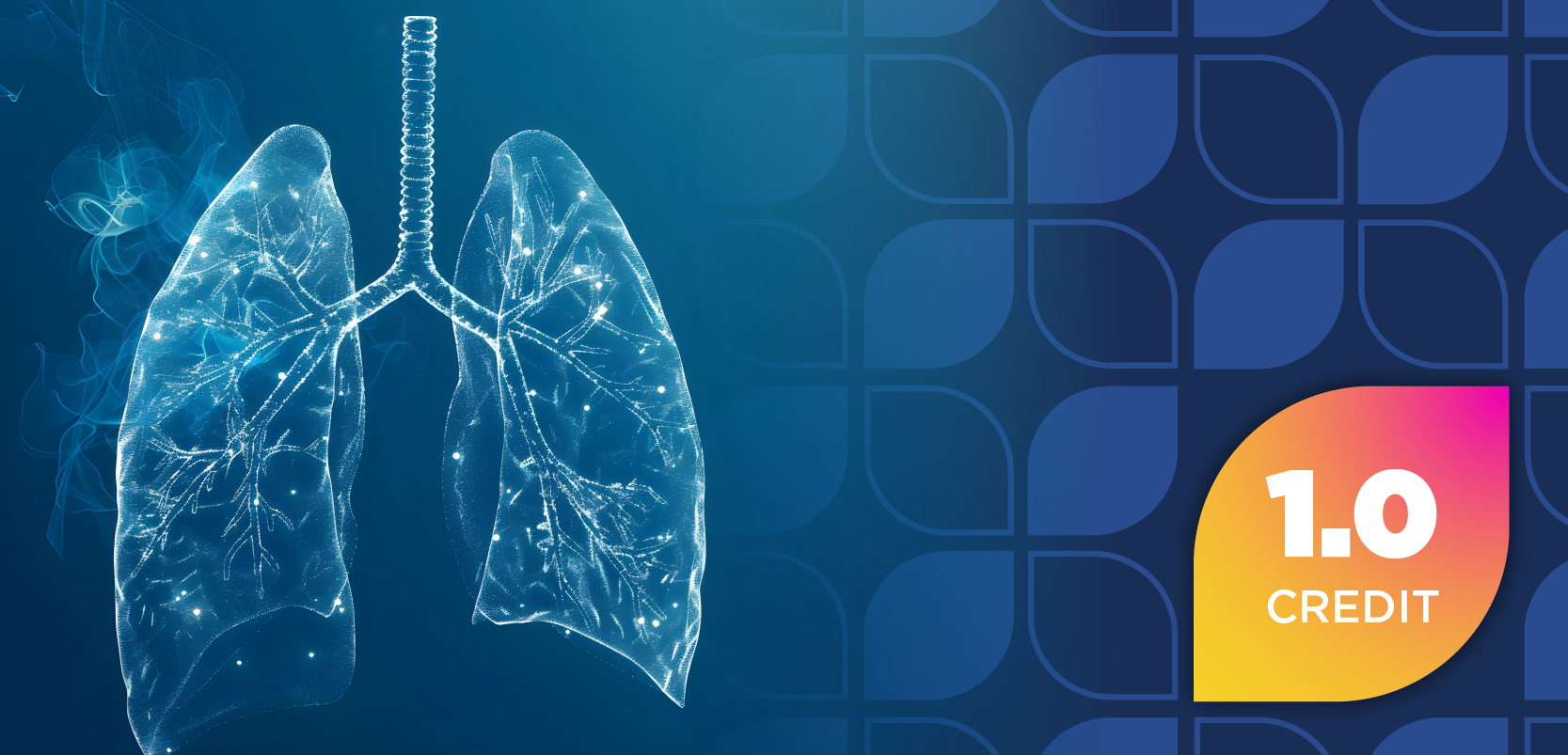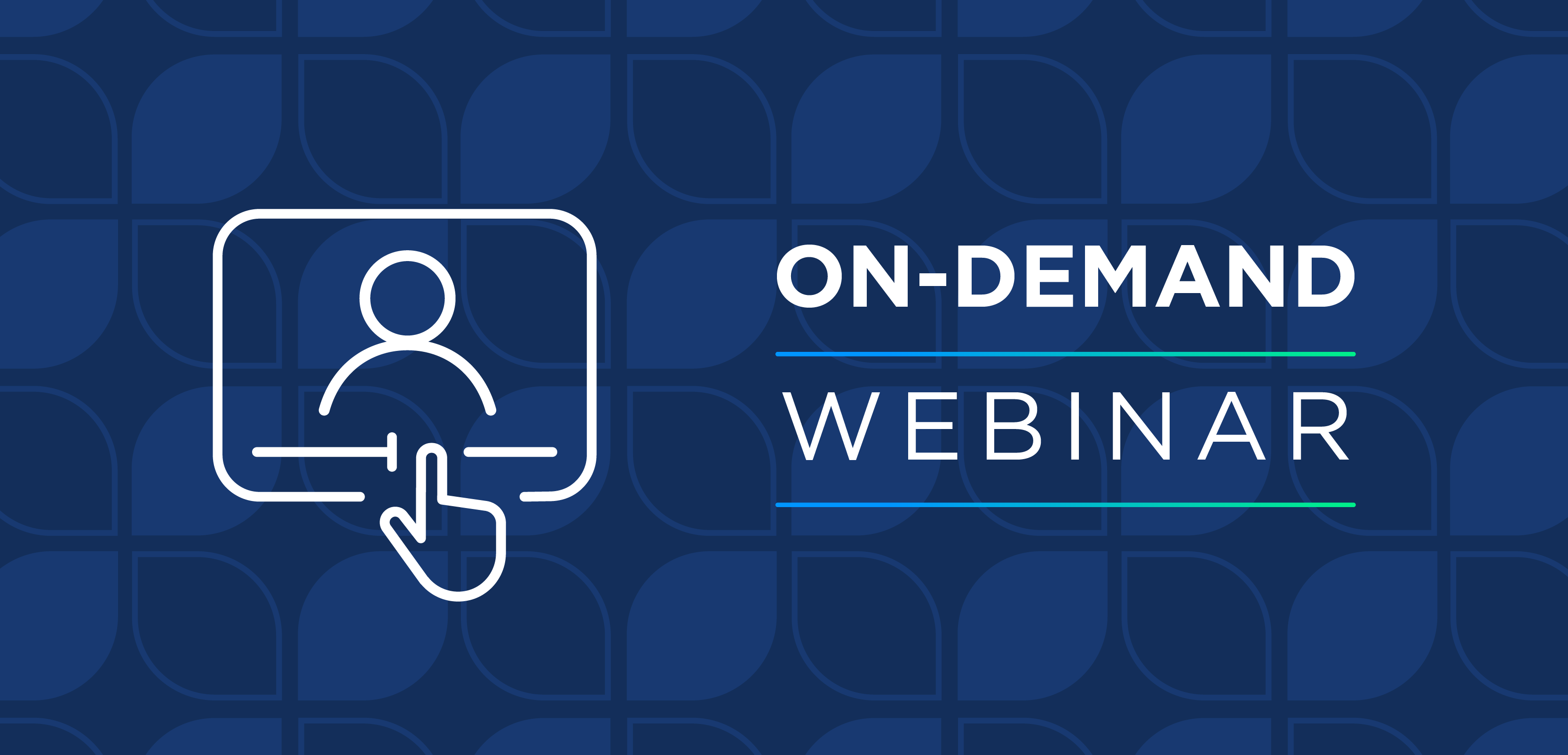
Q&A: Tips for Integrating Maternity Care Services Into the Pharmacy
Natalie DiPietro Mager, PharmD, PhD, discusses the best ways to integrate maternal health services into the routine workflow of community pharmacies.
In the United States, more than 35% of counties are considered maternity care deserts—an area where there is no access to obstetric providers, birthing hospitals, or centers that offer obstetric care.1 Research has shown that women living in these areas have wose health before pregnancy, receive less prenatal care, and experience higher rates of preterm birth. As obstetric units in the country continue to close, maternity care deserts will expand, leaving patients with fewer, if any, choices for care.
Natalie DiPietro Mager, PharmD, PhD, believes that pharmacists are well positioned to help fill the gaps in maternity care. In a study she co-authored, a survey was sent to Ohio community pharmacists working in maternity care deserts or low access areas to examine their awareness, practices, and attitudes.2 Only 35% of respondents recognized they are currently practicing in a maternity care desert, but 67% said they were interested in providing more services for women at their pharmacy. However, the respondents noted several barriers, including a lack of time and staff.
DiPietro Mager, a professor of pharmacy practice at Ohio Northern University, sat down with Drug Topics to discuss the best ways to integrate maternal health services into the routine workflow of community pharmacies to make them more accessible to pregnant individuals.
READ MORE:
Drug Topics: What are some ways to integrate maternal health services into the routine workflow of community pharmacies to make them more accessible to pregnant individuals?
Natalie DiPietro Mager, PharmD, PhD: In pharmacy, we face a lot of challenges with time and staff, and there's a lot of things that we would like to do but are very hard to implement. Really making sure that we think intentionally about how to put this in our workflow is really going to be the only way that we'll be successful with it. I like to think of it in two main parts, one is establishing a new service, and one is leveraging services you already provide.
To establish a new service, a good place to start is the National Alliance of State Pharmacy Associations. They have published a white paper, which is a maternal health services set for pharmacists. It outlines evidence based recommendations, from groups like the US Preventive Services Task Force, as to what the recommendations are that individuals should receive, either before conception or during pregnancy. These are things like screening for blood pressure, diabetes, depression, immunizations, and taking folic acid. There's a complete list of evidence based recommendations, and also the timing of what age groups are eligible and how often they should be performed. That's a great place to start if you want to develop a new service in this area. From that list, I would start by picking a few priority services for your population, and you can look at the priorities by looking at your own customers, your own patients, to see what their needs are. If you have any information about your patient panel, for example, chronic conditions that are prevalent, that could be a great place to start.
If you don't have patient specific data, you could look at your community health needs assessment that every health department and local hospital should be putting out every 3 to 6 years for your local community. You can look at things like County Health Rankings to see how prevalent certain health conditions, like smoking or health conditions like blood pressure, are in your community. You could look at Pregnancy Risk Assessment Monitoring System data. The CDC puts out data that they collect through their pregnancy risk assessment monitoring system, and that will give you some indicators into the health and barriers to care for people that live in your state. I would take an evidence based approach for looking at any of those available, existing data sources, what seems to be a need for people in your community, start by developing 1 or 2 services. Have specific metrics and goals that are measurable and objectives that you want to meet.
Get your staff trained. Think broader than the pharmacist. There's lots of models out there where technicians and students or pharmacy interns get involved. Once you have your service up and running, you may want to pilot it, see how it's going and evaluate it. See if you need to make any tweaks. Then as you get those up and running, you can decide to expand, make it bigger than just the pilot, or add additional services. I think a step wise approach is going to be key. You want to think about what are services that are feasible. What are things that are already in your wheelhouse, that you already have the equipment or expertise to do, and are also sustainable? That's going to be important, as well. Those are a lot of things to consider for developing a new service.
If you want to leverage an existing service, you can look at what you're already doing and think about how you could expand it potentially to patients of reproductive age. A lot of pharmacists may be doing comprehensive ,medication therapy management reviews for Medicare eligible patients who are older. Think about if there's a way to start doing this for patients of reproductive age. Vaccines are another good example. There can sometimes be hesitancy to vaccinate someone who's pregnant, even though many vaccines are recommended to be given during pregnancy, and are safe to be given during pregnancy. The National Community Pharmacists Association recently released a guide for community pharmacists specific to vaccinating pregnant patients in the pharmacy, so that can help alleviate maybe some hesitancy there from staff to do that.
Finally, another intervention that a lot of groups already have in their workflow is counseling. There's a lot of data to suggest that patients, especially those with chronic conditions, don't get the counseling that they should before conception and would like more information about their disease state and how to manage it during pregnancy. If you have those counseling sessions with patients of reproductive age on various medications, think about if it's an opportunity to talk to them about if they need or want contraception, or if it's a medication that could potentially cause birth defects. Start making them aware if they are not yet pregnant. I think counseling is an important way that we could be interacting and interfacing with patients, as well.
READ MORE:
Are you ready to elevate your pharmacy practice? Sign up today for our
References
1. Families face enough obstacles. Not getting the care they need shouldn’t be one of them. News Release. March of Dimes. 2024. https://www.marchofdimes.org/maternity-care-deserts-report
2. Duodu M, DiPietro Mager N. Provision of maternal health services among Ohio community pharmacists practicing in maternity care deserts. J Am Pharm Assoc (2003). 2024 Nov 13:102292. doi: 10.1016/j.japh.2024.102292. Epub ahead of print. PMID: 39542241.
Newsletter
Pharmacy practice is always changing. Stay ahead of the curve with the Drug Topics newsletter and get the latest drug information, industry trends, and patient care tips.

























































































































































